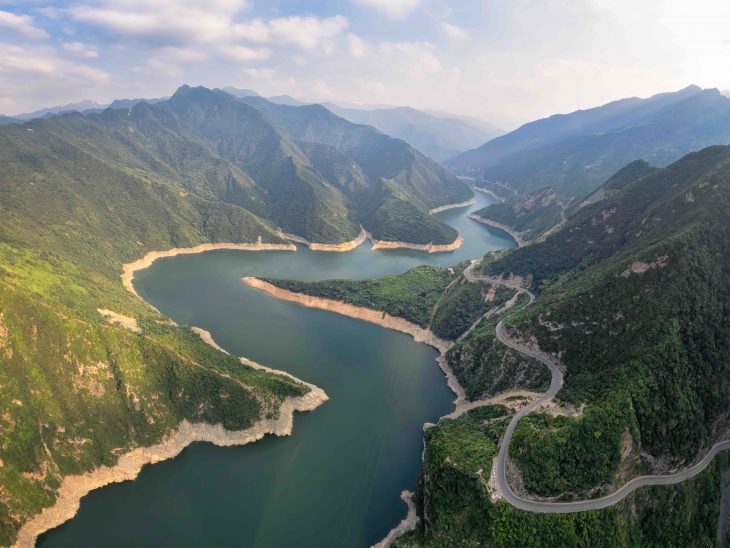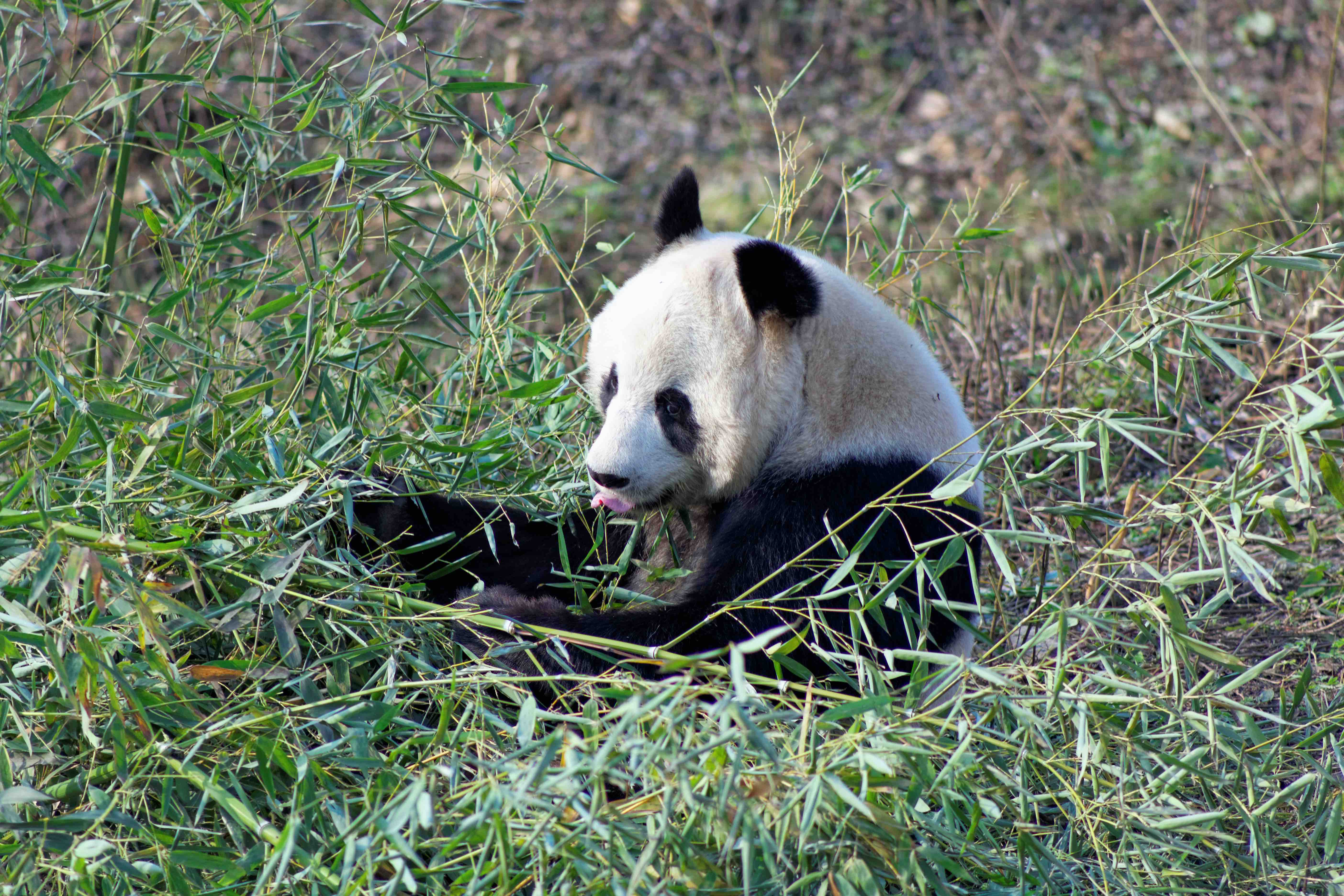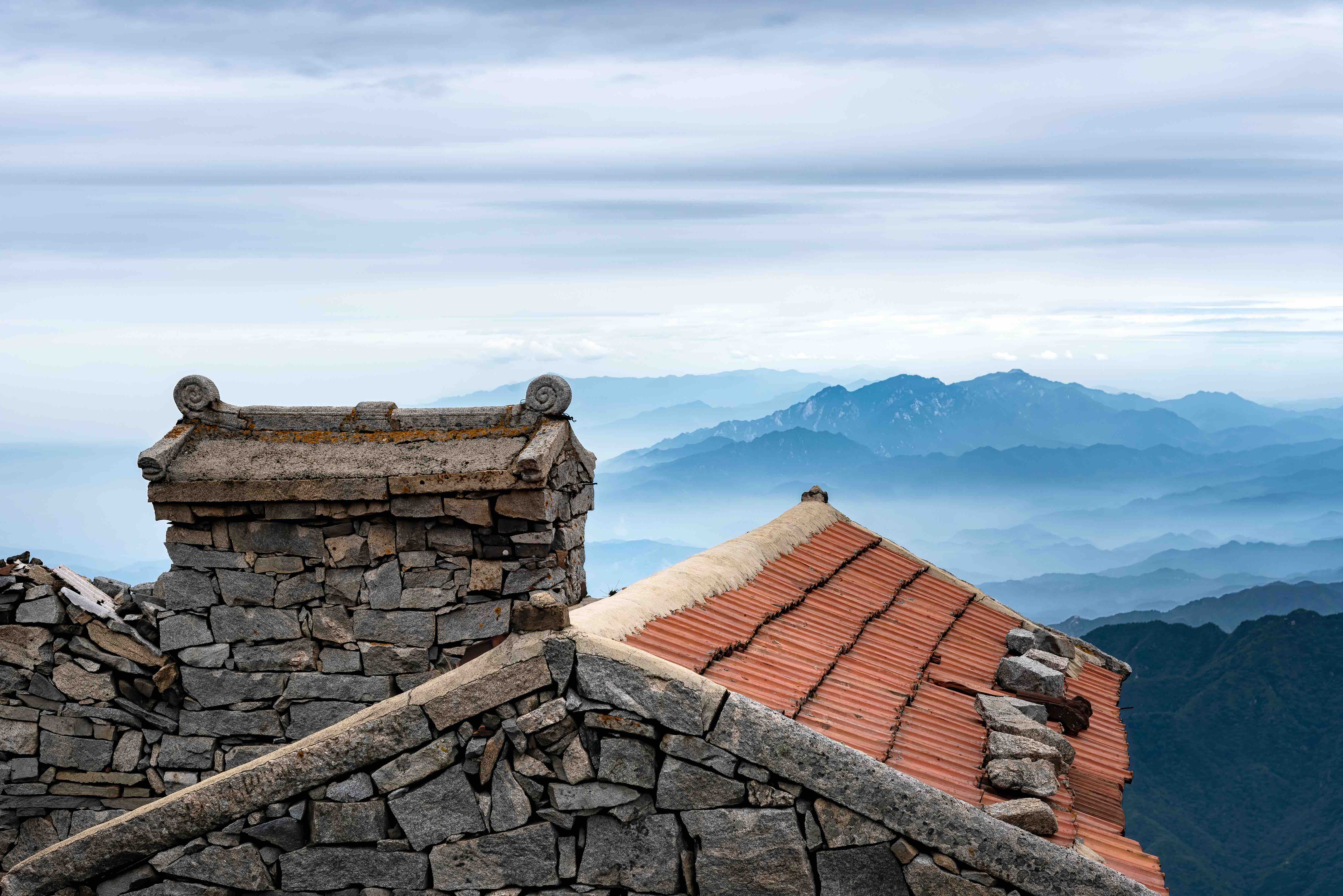
Nestled in the heart of China, the Qinling Mountains stand as a majestic natural wonder, captivating visitors with their awe-inspiring landscapes and rich biodiversity. Stretching across Shaanxi, Gansu, Henan, and Shanxi provinces, these mountains hold numerous secrets waiting to be unveiled. In this article, we’ll embark on a journey to explore 19 fascinating facts about the Qinling Mountains, shedding light on their beauty, significance, and the wonders they hold.
Ancient Origins
The Qinling Mountains are among the oldest mountain ranges in China, with a history dating back over 300 million years. Their ancient geological formations have shaped the region’s diverse landscapes and ecological richness.
A Natural Barrier
Spanning approximately 1,500 kilometers, the Qinling Mountains act as a natural geographical barrier, separating the northern and southern regions of China. This range has influenced climate patterns, ecological distributions, and cultural developments throughout history.
Breathtaking Landscapes
The Qinling Mountains boast a stunning array of landscapes, from rugged peaks and deep valleys to lush forests and cascading waterfalls. The ever-changing scenery offers endless opportunities for nature lovers, hikers, and photographers to immerse themselves in its beauty.
Rich Biodiversity
Recognized as a global biodiversity hotspot, the Qinling Mountains harbor an incredible wealth of plant and animal species. It is home to numerous endemic species and serves as a crucial habitat for endangered wildlife, such as giant pandas, golden takins, crested ibises, and many more.
Panda Paradise

The Qinling Mountains are renowned for being one of the few remaining habitats of the giant panda. This iconic and endangered species finds sanctuary in the region’s bamboo forests, relying on the mountain’s resources for their survival and conservation.
Enchanting Flora
The mountain range is adorned with diverse and enchanting flora. From dense forests of ancient deciduous trees to colorful alpine meadows, the Qinling Mountains showcase a botanical paradise, with over 3,000 plant species, including rare orchids and medicinal herbs.
Cultural Heritage
The Qinling Mountains are not only a natural treasure but also hold significant cultural importance. The region is dotted with historic temples, ancient ruins, and traditional villages, providing a glimpse into the rich cultural heritage and deep-rooted traditions of the local communities.
Nature Reserves and National Parks
To protect the exceptional biodiversity and natural beauty of the Qinling Mountains, several nature reserves and national parks have been established. These protected areas, including the Foping National Nature Reserve and Zhouzhi National Nature Reserve, serve as vital sanctuaries for endangered species and promote sustainable conservation practices.
Prime Birdwatching Destination
With its diverse ecosystems and abundant birdlife, the Qinling Mountains attract birdwatchers from around the world. Over 350 bird species have been recorded in the region, including the elegant crested ibis, white-crowned penduline tit, and rare swinhoe’s pheasant.
Mount Taibai: The Highest Peak
Mount Taibai, standing proudly at 3,767 meters, is the highest peak in the Qinling Mountains and the entire eastern part of China. Its snow-capped summit offers breathtaking panoramic views of the surrounding landscapes and serves as a challenging destination for mountaineers.
Geological Marvels
The Qinling Mountains hold geological marvels that have captivated scientists and geologists. The region exhibits a diverse range of rock formations, including limestone karsts, granite peaks, and intricate cave systems, contributing to its geological significance.
Ancient Silk Road Connection
The Qinling Mountains played a crucial role in connecting the ancient Silk Road routes. This mountain range acted as a natural route, linking the northern plains with the central and southern regions of China, facilitating cultural and economic exchanges between civilizations.
Hydrological Importance
The Qinling Mountains serve as a vital water source for numerous rivers, including the Wei River and Han River. The melting snow and rainfall from the mountains contribute to the overall water supply, supporting agriculture, ecosystems, and human settlements downstream.
Ethnolinguistic Diversity
The region surrounding the Qinling Mountains is home to diverse ethnic groups, each with their own unique languages, customs, and traditions. Exploring the villages and interacting with the local communities offers a glimpse into the cultural tapestry of the area.
Summer Retreat
The Qinling Mountains provide a refreshing escape from the summer heat. The higher elevations offer cooler temperatures and refreshing mountain breezes, attracting visitors seeking respite from the sweltering plains and bustling cities.
Inspiring Poetry and Art

The breathtaking beauty of the Qinling Mountains has inspired poets, artists, and writers throughout history. Their towering peaks, misty valleys, and vibrant colors have been immortalized in poems, paintings, and other artistic forms, capturing the essence of their ethereal allure.
Ecotourism Destination
With its natural wonders and rich cultural heritage, the Qinling Mountains are an ideal destination for ecotourism. Visitors can engage in hiking, wildlife observation, cultural exploration, and responsible nature-based activities that promote sustainability and conservation.
Herbal Medicine Haven
The diverse flora of the Qinling Mountains includes many medicinal plants used in traditional Chinese medicine. The region’s rich biodiversity has made it a significant source for herbal remedies, attracting researchers and practitioners interested in the healing properties of these plants.
A World of Discovery
The Qinling Mountains offer a world of discovery, where nature enthusiasts, adventure seekers, and culture enthusiasts can immerse themselves in an extraordinary environment. From wildlife encounters to scenic hikes and cultural encounters, this mountain range has something for every explorer.
Conclusion
Immerse yourself in the breathtaking beauty and awe-inspiring biodiversity of the Qinling Mountains. From the elusive giant pandas to the enchanting flora and diverse landscapes, this natural wonder invites you to explore and discover its hidden treasures. Whether you’re seeking adventure, cultural encounters, or a tranquil escape, the Qinling Mountains offer an unforgettable experience, leaving you with memories that will last a lifetime.
Frequently Asked Questions (FAQs)
Can I see pandas in the Qinling Mountains?
Yes, the Qinling Mountains are home to a population of giant pandas. While seeing them in the wild can be challenging, there are conservation centers and reserves in the region where visitors can observe pandas and contribute to their conservation efforts.
Are there hiking trails in the Qinling Mountains?
Yes, the Qinling Mountains offer numerous hiking trails catering to various levels of difficulty and interests. From leisurely strolls to challenging treks, there are options available for hikers of all levels to explore and enjoy the natural beauty of the mountains.
Can I visit the Qinling Mountains year-round?
Yes, the Qinling Mountains can be visited throughout the year. Each season offers a unique experience, from vibrant spring blooms and lush summer greenery to colorful autumn foliage and serene winter landscapes. However, weather conditions and accessibility may vary, so it’s advisable to plan accordingly.
Are there accommodations available in the Qinling Mountains?
Yes, there are accommodations available in the Qinling Mountains, ranging from guesthouses and hotels in towns and villages to mountain lodges and resorts near popular hiking trails and scenic spots. It’s recommended to make reservations in advance, especially during peak seasons.
How do I get to the Qinling Mountains?
The Qinling Mountains are accessible from various cities in Shaanxi, Gansu, Henan, and Shanxi provinces. Major airports and train stations in these regions serve as entry points. From there, local transportation options, such as buses or taxis, can take you to specific areas within the mountain range.
Was this page helpful?
Our commitment to delivering trustworthy and engaging content is at the heart of what we do. Each fact on our site is contributed by real users like you, bringing a wealth of diverse insights and information. To ensure the highest standards of accuracy and reliability, our dedicated editors meticulously review each submission. This process guarantees that the facts we share are not only fascinating but also credible. Trust in our commitment to quality and authenticity as you explore and learn with us.
